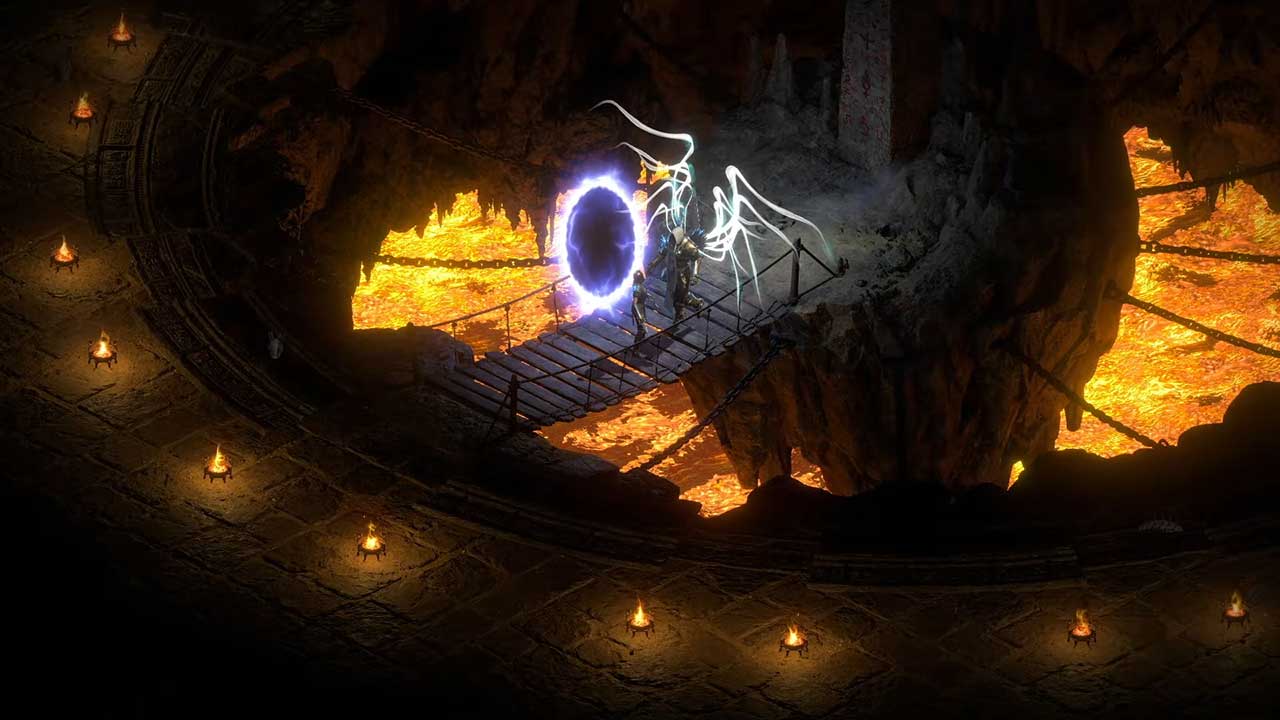

Countless pieces of armor furnish players with extra stamina, as do stamina potions. (After, say, level 15, players dump enough skill points in their “vitality stat” or equip enough gear that the stamina bar is barely valid.) Still, removing it would throw Diablo II: Resurrected into chaos.

A low-level Necromancer character can’t just go on running across a cemetery for minutes at a time.

Take “stamina.” Stamina is emphatically not fun. Taking out certain mechanics-even unpopular ones-can send others collapsing Jenga-style. Courtesy of Blizzardįorced friction wasn’t the only philosophy behind keeping in frustrating systems. “We’re not really here to fix Diablo II,” says Rob Gallerani, Diablo II: Resurrected’s principal designer. The term for this design strategy is “forced friction.” The extra identification step might be annoying, but it also gives players a chance to relive the thrill of discovery: once when they find a cool dagger, then again when they learn how powerful it actually is. No, players would respond, and why would I do that? Don’t I have infinite arrows? “Everything in the game is very tangible,” says Gallerani. Have you equipped a quiver of arrows? devs asked. Similarly, during Diablo II: Resurrected’s beta, Vicarious Visions devs received messages from players asking why they couldn’t use their bow and arrow. In Diablo II: Resurrected, a player might not know the stats associated with a rare dagger until they find a Scroll of Identify and manually apply it to the weapon. It’s basically unheard-of in modern games to need an item to identify another item. Diablo II: Resurrected would remind players about how games used to be, or ideally teach gamers who weren’t alive in 2000 what they’ve been missing. Gallerani said it was a calculated decision to keep things opaque. Making a game like Diablo II accessible to newer players is a tall order.


 0 kommentar(er)
0 kommentar(er)
